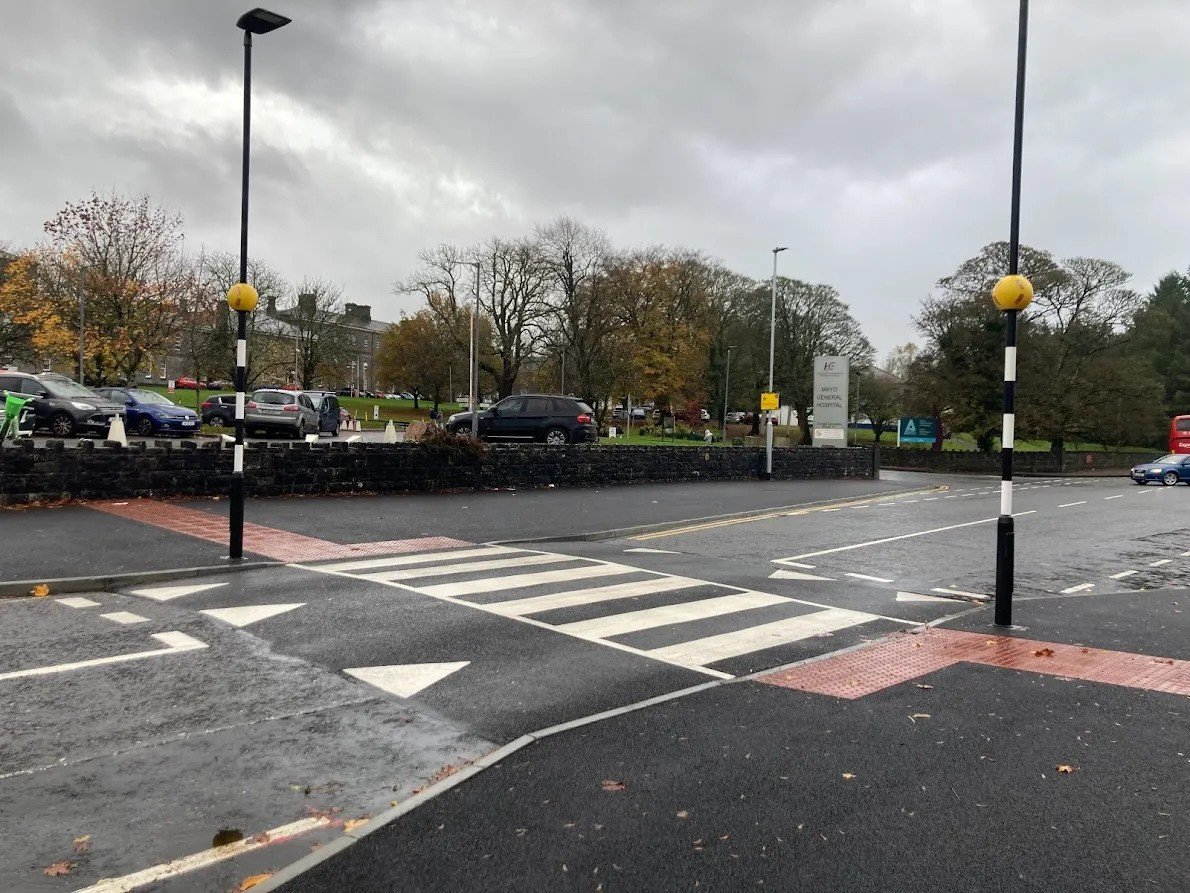Road markings Edmonton play an essential part of traffic management, providing crucial information to motorists, cyclists, and pedestrians alike. Painted or embedded onto roads, these painted or embedded markings relay messages ranging from lanes or directions being indicated or cautioning of possible dangers posed on the road surface itself.
Being knowledgeable of various road marking types enables safe navigation while adhering to traffic rules; in this comprehensive guide, we explore different kinds of Road Markings Edmonton along with their meaning and significance as a measure of road safety.
Types Of Road markings Edmonton
Lane Markings
Solid White Lines:
These markings delineate the boundary between single lanes; crossing such solid white lines is generally prohibited].
Dashed White Lines:
These are allowed for Lane Changes; drivers may cross dashed white lines if it is safe.
Double Yellow Lines:
Double yellow lines serve to separate traffic travelling in opposing directions and should never be crossed, except when making left turns or passing obstacles.
Yellow Crosshatchings:
Commonly found at intersections or pedestrian crossings, yellow crosshatchings serve to indicate areas in which stopping or parking are not permitted.
Directional Markings
These markings serve to direct drivers in which direction to go for parking/stopping restrictions or prohibit them.
Arrows:
Paint-splattered arrows on roads show traffic flows the direction they should follow and are typically utilized at intersections and junctions to guide drivers.
Turn Lanes:
These special markings designate lanes at intersections for turning left, right or going straight reducing confusion while increasing flow rates at these key spots.
Warning Markings
Zigzag Lines:
These markings often accompany signs indicating pedestrian crossings to alert drivers to slow down and beware of pedestrians. As such, drivers are reminded to exercise extreme caution around such crossings.
Chevron Markings:
Chevron markings alert drivers of sharp bends ahead, prompting them to reduce speed and maneuver safely.
Regulatory Markings:
Stop Lines: Thick white lines drawn across the road indicate where vehicles must come to an immediate stop at intersections.
Yield Lines and Yield Signs:
Yield lines indicate where drivers must yield to oncoming traffic or pedestrians before proceeding further.
Pedestrian Crossings

Parchet Zebra Crossings:
These distinctive crossings with their black-and-white stripes give pedestrians an easy place to cross safely; vehicles must give way for pedestrians at these crossings.
Pedestrian Crossing Boxes:
Denoted with white lines and typically located near zebra crossings, pedestrian crossing boxes provide pedestrians with guidance as to where they should wait before crossing.
Importance Of Road Markings
Additionally, Road Markings Edmonton serve an integral role by denoting where roads begin and end – this way pedestrians know when crossing is safe to occur.
Enhancing Safety:
Clear and well-kept road markings play a vital role in road safety by offering visual cues that direct drivers and pedestrians. Their existence helps avoid accidents at intersections, pedestrian crossings, and curves where collisions could otherwise have taken place.
Improve Traffic Flow:
Well-designed Road Markings Edmonton facilitate smooth traffic flow by delineating lanes, directing flow directionally, and informing vehicles when or where to stop or yield, which reduces congestion and minimizes delays. This in turn decreases delays.
Enforcing Traffic Rules:
Road Markings Edmonton such as stop lines and no-parking zones help enforce traffic rules on roadways by serving as visual reminders to enforce compliance with traffic regulations and maintain order on the road. Violating such markings could result in penalties or fines being levied against violators.
Assisting Vulnerable Road Users:
Pedestrian crossings and markings play an essential role in safeguarding ulnerable road users such as pedestrians and cyclists, including clear markings to inform drivers how best to anticipate pedestrians to mitigate accidents and protect pedestrians’ rights.
Navigational Aid:
Road Markings Edmonton serve as important navigational aids, especially in unfamiliar or complex road networks. Directional markings and lane indicators assist drivers with making informed decisions, helping reduce wrong turns or missed exits.
Conclusion
Road Markings Edmonton are an integral component of road infrastructure, serving. As visual guides that convey important information directly to road users. From delineating lanes and directing traffic flow to warning about hazards or enforcing regulations. Road markings play a pivotal role in assuring road safety and efficient traffic management.

Being knowledgeable of their meaning and significance helps all users to navigate safely. While remaining responsible; so as an integral component, maintaining clear, visible, well-kept road markings with Pro Pavement Markings gives an objective goal for transportation authorities worldwide.
